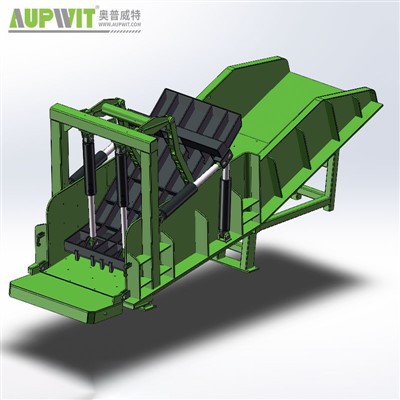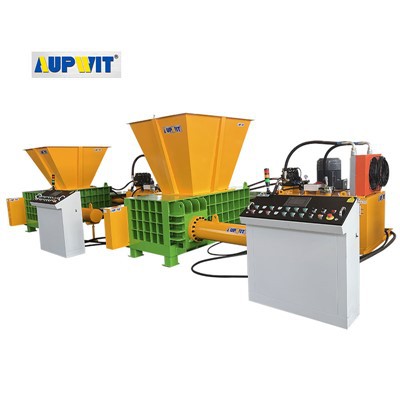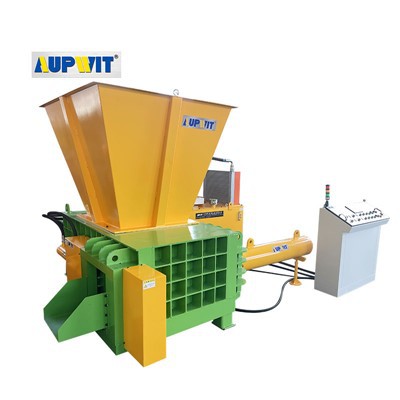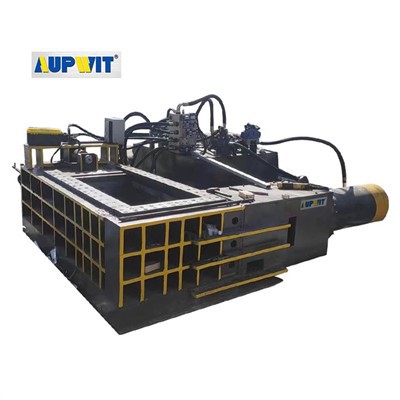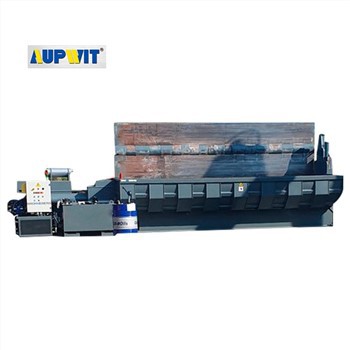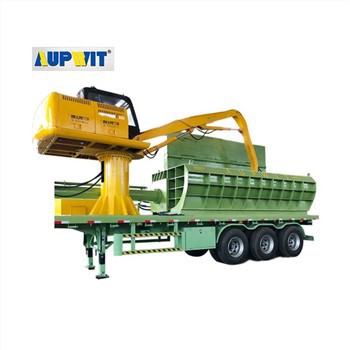1. Preparing for Installation
- First, check the equipment manual to confirm the complete number and model of parts.
- Inspect the machine body, hydraulic components, and electrical accessories for any shipping damage.
- Next, survey the installation site to ensure sufficient space for the equipment and a flat, solid surface.
- Prepare all necessary installation tools, such as wrenches, levels, and lifting equipment.
- Plan power and drainage routes in advance.
2. Build the Foundation
- Reinforce the installation surface according to the equipment's load-bearing requirements.
- If a concrete foundation is required, construct it to the specified dimensions and strength.
- After the foundation has fully solidified, mark the installation location on the surface to ensure precise positioning and prevent shaking during operation due to an unstable foundation.
3. Position the Equipment
- Use a lifting device to slowly lift the equipment to its installation location.
- Ensure personnel are on hand to supervise the process and avoid collisions with surrounding objects.
- Use a spirit level to check the levelness of the equipment and adjust the adjustment bolts at the bottom of the machine body to ensure the machine remains stable and secure against the foundation, without tilting or hanging.
- This provides a stable foundation for subsequent assembly.
4. Component Assembly and Connection
- Install the hydraulic cylinder, feed inlet baffle, operating panel, and other components according to the instructions.
- When connecting hydraulic lines, check the joints for tightness and apply sealant to prevent oil leaks.
- Ensure electrical wiring matches the wiring markings and that the positive and negative poles are correct to avoid reverse connection, which could damage electrical components.
- After assembly, straighten the pipes and wiring to avoid entanglement or stress.
5. Commissioning and Inspection
- After installation, conduct a no-load test run to check that all components are operating smoothly, the hydraulic system pressure is normal, and that the operating buttons are effectively controlling the equipment.
- If any unusual noises or stalling are detected, stop the machine immediately for troubleshooting and adjustments.
- After confirming that no-load operation is correct, perform a load test with a small amount of scrap metal to verify the packaging effect and equipment stability, ensuring a satisfactory installation.


